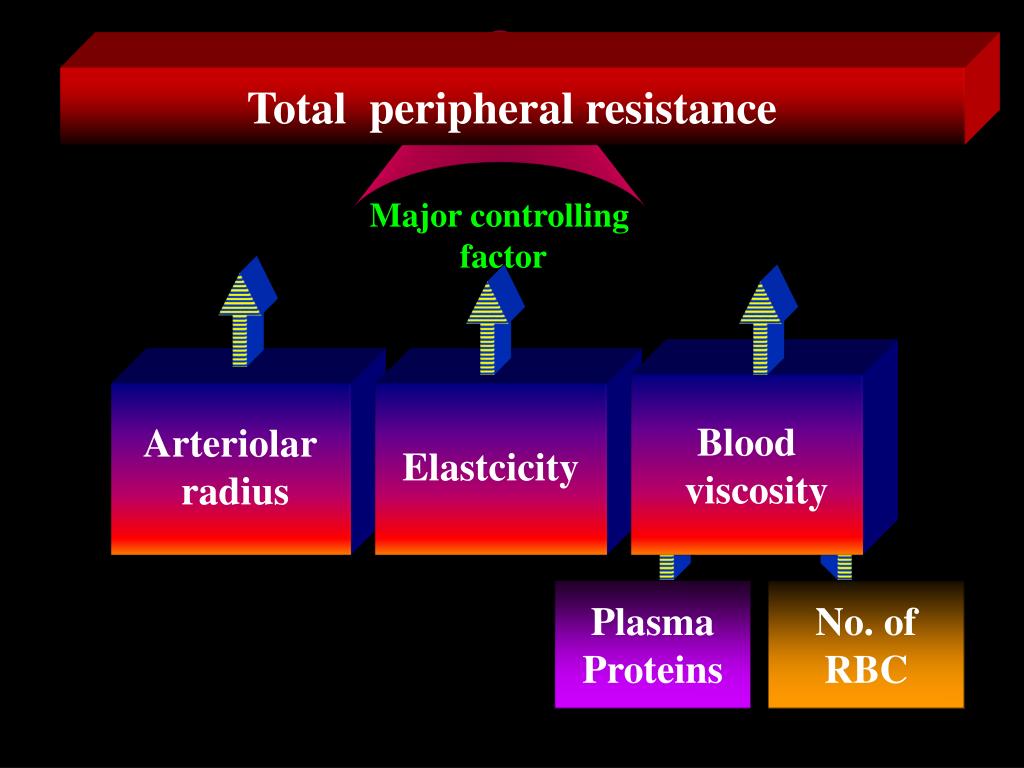

There’s a good chance for full recovery, especially if the cause appears to temporary. If your baby has a mild case of hyperviscosity syndrome and no symptoms, they may not need immediate treatment. Normal values are usually between 1.6 and 1.9.ĭuring treatment, the goal is to lower viscosity to the level needed to resolve an individual’s symptoms. In adults, hyperviscosity syndrome typically causes symptoms when blood viscosity is between 6 and 7, measured relative to saline, but it can be lower. myelodysplastic disorders, a group of blood disorders that cause abnormal numbers of certain blood cells, crowding out healthy cells in the bone marrow and often leading to severe anemia.essential thrombocytosis, a blood condition that occurs when bone marrow produces too many blood platelets.polycythemia vera, a cancer of the blood that results in too many red blood cells.

leukemia, a cancer of the blood that results in too many white blood cells.Hyperviscosity syndrome can also be caused by conditions that affect blood cell production, including: Twin-to-twin transfusion syndrome, a condition in which twins unequally share blood between them in the uterus, may be another cause. It can also be caused by situations in which there isn’t enough oxygen delivered to the tissues in your child’s body. genetic conditions, such as Down syndrome.This can be caused by numerous conditions that develop during gestation or at the time of birth. This syndrome is diagnosed in infants when the level of total red blood cells is above 65 percent.


 0 kommentar(er)
0 kommentar(er)
